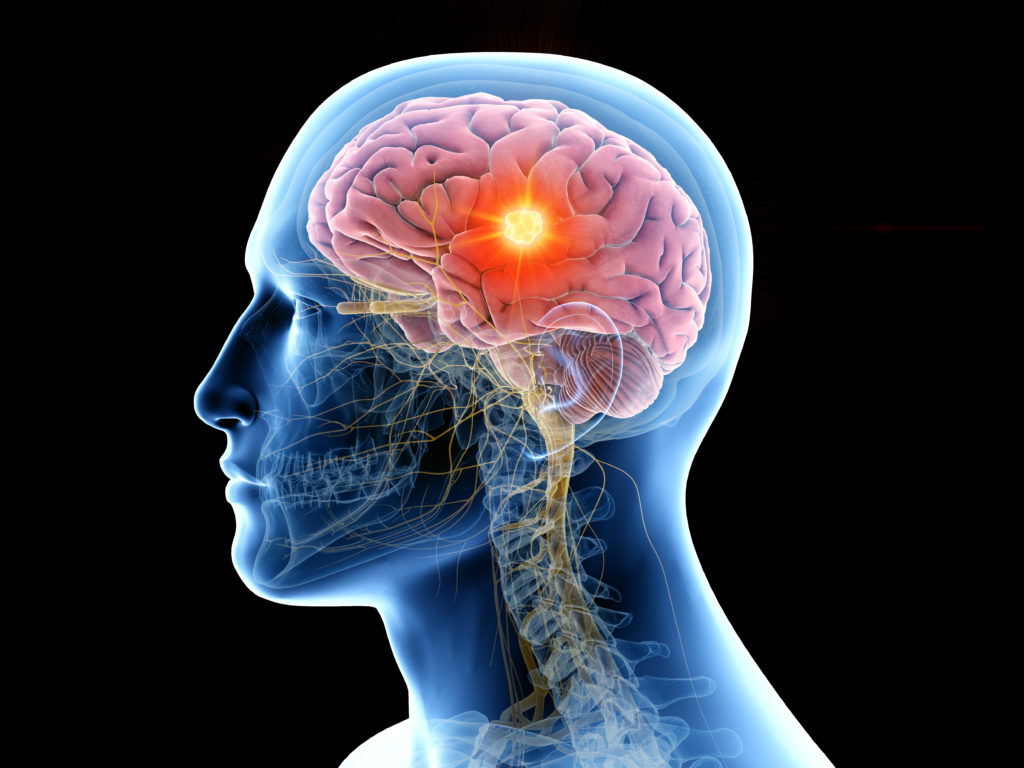In order to survive, each cell in the human body requires vitamin B1 (thiamine). This powerhouse vitamin turns glucose into energy mainly in the heart and brain. It allows the body to digest and dissolve carbohydrates from proteins and fats.
The body does not manufacture thiamine-it must be consumed by your food on its own. For most stable adults, this is normally a non-issue. However, those who suffer from substance use disorder are at risk for malnutrition of thiamine.
Many addicts drink the calories rather than consuming a nutritious diet, stripping their bodies of vital nutrients. In several other cases, the capability of the body to consume vitamins is decreased by alcohol-induced irritation of the stomach.
What is a Wet Brain?
As per the National Institute on Alcohol Dependence and Alcoholism chronic alcohol can cause thiamine malnutrition and decreased enzymatic activities, involving inadequate dietary intake, lack of thiamine from the digestive tract, and impaired utilization of thiamine in the cells.”
Depletion in Thiamine is not merely an inconvenience. The brain can not absorb glucose without thiamine, starving the brain of electricity (and functioning).
This may refer to a severe neurological condition known as “wet brain syndrome” better known as Wernicke-Korsakoff syndrome in the medical world.
Wet Brain Signs and Symptoms
The activity of the wet brain will not always be readily apparent, as wet brain signs may be misinterpreted as other health conditions. Unlike all of the other detrimental consequences of substance dependence that evolve over time, however, the wet brain develops very rapidly and occurs in two different stages.
Who is more at risk for wet brain development?
Thiamine deficiency is found in approximately 80 percent of adults with substance use disorder, and Wernicke-Korsakoff syndrome is present in up to 2 percent of the overall U.S. adult population.
However, it is not fully known that owing to substance misuse or inadequate diet, has a wet brain. It is therefore not easy to correctly estimate who has a wet brain and many patients with extreme alcoholism do not receive medication or are unemployed and are not assessed for the disorder.
Current figures, however, indicate that more males have wet brains than females, and the age ranges most impacted by the condition are between the ages of 30 and 70.
How often or how much one drinks is closely associated with a wet brain?
People who begin drinking and abusing alcohol at an early age are more likely to have a wet brain than those who consume slowly or do not have alcoholism till they are mature. A person’s sexuality and age also impact rates of the wet brain.


 Home
Home









